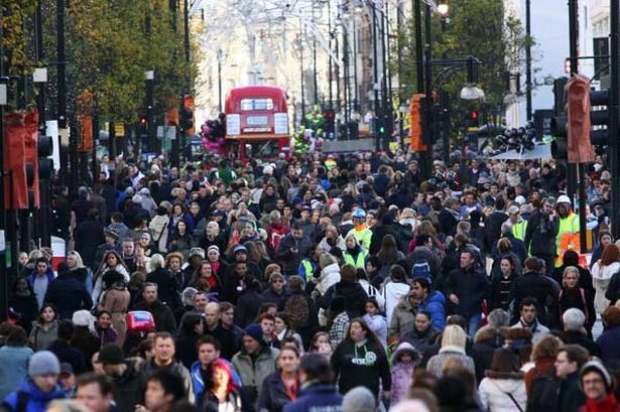The big idea is that coppers will spot wanted criminals but it is the seventh time the Metropolitan Police has trialled facial recognition in public. The technology has previously been used at large events, including Notting Hill Carnival in 2016 and 2017, and Remembrance Day services last year. This year, the technology is being used Monday and Tuesday of this week in Soho, Piccadilly Circus, and Leicester Square — all major shopping areas in the heart of the city.
Cameras are fixed to lampposts or deployed on vans, and use software developed by Japanese firm NEC to measure the structure of passing faces. This scan is then compared to a database of police mugshots. The Met says a match via the software will prompt officers to examine the individual and decide whether to stop them. Posters will inform the public they’re liable to be scanned while walking in certain areas, and the Met says anyone declining to be scanned “will not be viewed as suspicious”.
Some people are rather upset about this. Big Brother Watch has described the Met’s justification for using facial recognition as “misleading, incompetent, and authoritarian”. Particularly so since they are not just using the tech to find wanted criminals, but also include so-called “fixated individuals” on their watch lists. Typically this means people with mental health problems who may be obsessed with certain public figures.
The Met has also had to defend the high error rate of its technology. According to data released under the UK’s Freedom of Information laws, 98 percent of “matches” made by the Met using facial recognition were mistakes. Despite this, police commissioner Cressida Dick said in July she was “completely comfortable” with the trials.

